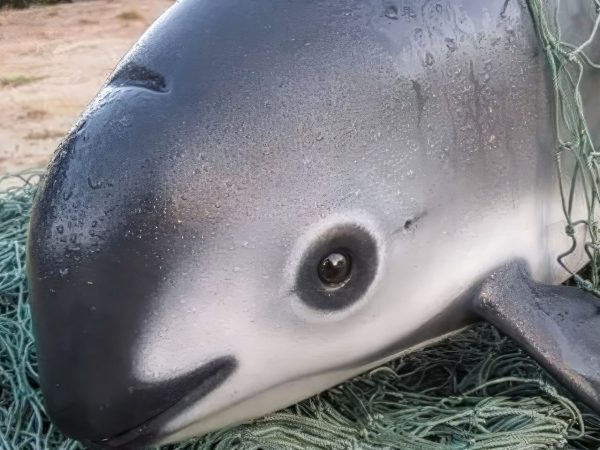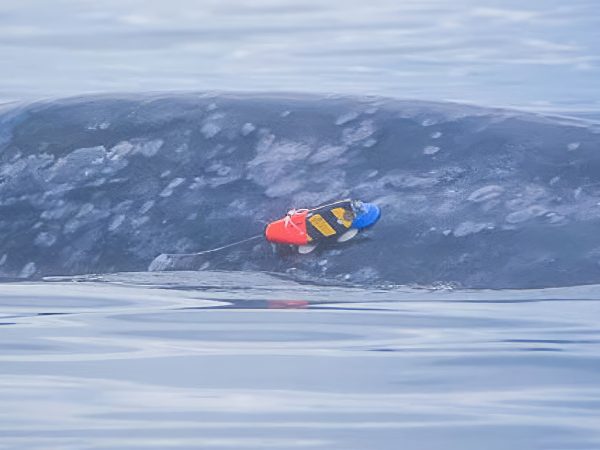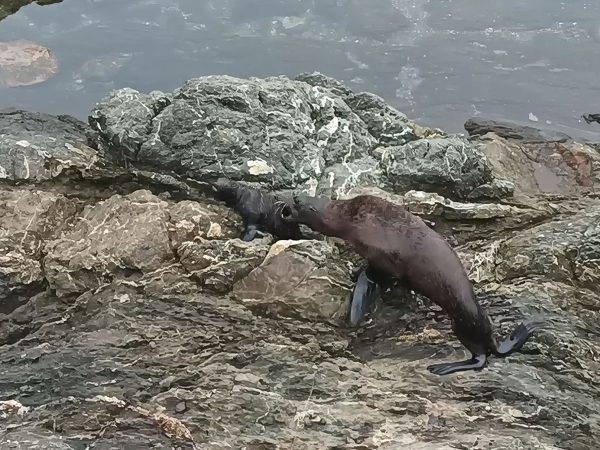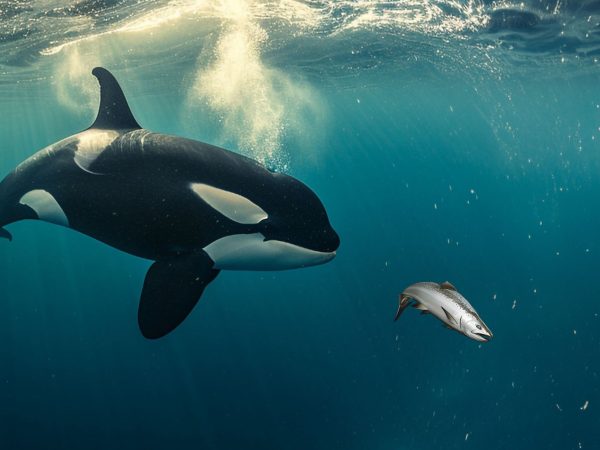WELCOME TO THE MARINE MAMMAL RESEARCH UNIT
MMRU conducts research of the highest standards to enhance marine mammal conservation and reduce conflicts with human uses of our shared oceans.
MARINE MAMMAL RESEARCH NEWS
RECENT PUBLICATIONS
2025 | ||||||||||||||

|

|

|
||||||||||||

|

|

|
||||||||||||
|

|

|
||||||||||||
2024 | ||||||||||||||

|

|

|
||||||||||||

|

|

|
||||||||||||

|

|

|
||||||||||||

|

|

|
||||||||||||

|

|

|
||||||||||||
|

|

|
||||||||||||
|

|

|
||||||||||||

|

|

|
||||||||||||

|

|

|
||||||||||||

|

|

|
||||||||||||




